
With its historically large technical know-how in building big cars, it only makes sense for Lincoln to transfer some of that prowess into the hot cross-over segment, and the 2021 Aviator is exactly that. While a smaller form factor compared its bigger sibling (Navigator), it still offers 3-row passenger seating with up to 6 or 7 passengers depending on the second-row seating configuration. A turbocharged V-6 comes standard, but with their efforts focused on sustainability, Lincoln has ditched the V-8 for a plug-in hybrid that produces a whopping 494 horsepower!
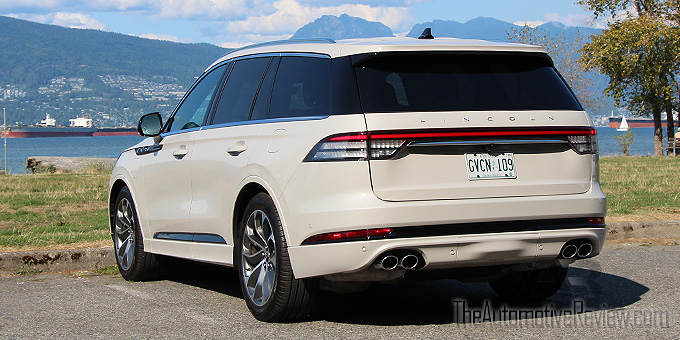
While the brand still carries an old American-heritage image, the 2021 Lincoln Aviator offers a refreshed modern and contemporary styling approach inside out without skimping out on luxury.

The 2021 Aviator still has features carried over from its bigger Navigator sibling including a 30-way adjustable front seats with massage, soft-close doors, a 28-speaker Revel Ultima audio surround system and plenty of standard driver-assistance tech features.
New for 2021 includes upgradable 21 and 22 inch wheels with three new colors to choose from (Asher Gray, Ocean drive Blue and Flight Blue). The Reserved trim, which we highly recommend includes a panoramic sunroof, heated and ventilated front seats, heads up display amongst other cosmetic enhancements.
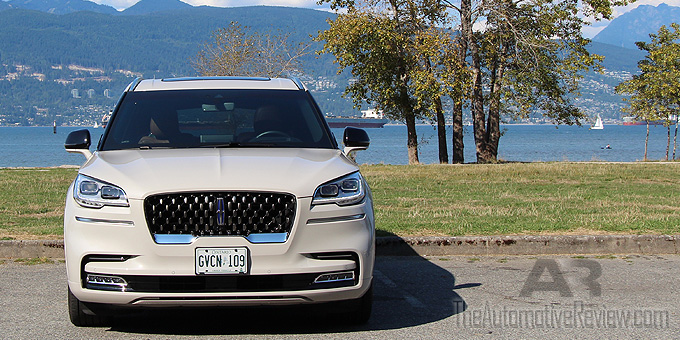
Although not as powerful as the Navigator, it still has a twin-turbo 3.0 liter V-6 producing a very respectable 400 horsepower mated to a 10 speed automatic transmission. New to the Lincoln Aviator lineup is a plugin-hybrid powertrain available in the Black Touring Trim that uses the same V-6 engine and 10-speed gearbox, but with an added 100 horsepower electric motor and a 13.6 kWh lithium ion battery pack making a combined powerful output of 494 horsepower and 630 lb.ft of torque with up to 18 miles of pure EV range.
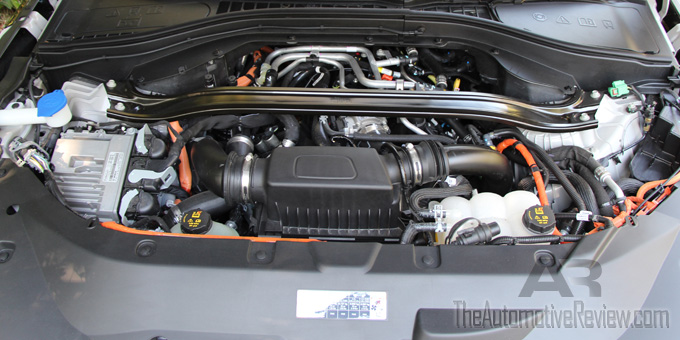
EPA ratings for the rear-wheel drive powertrain configuration score a respectable 18 and 26 mpg on city and highway driving while the all-wheel drive setup gets sightly less at 17 and 24 mpg respectively with a combined average of 20.5 mpg. That puts it on par with the BMW X5 and Volvo XC90. Opting for the plugin-hybrid powertrain available in the Grand Touring trim substantially improves the fuel economy to 25 mpg for both city and highway driving.
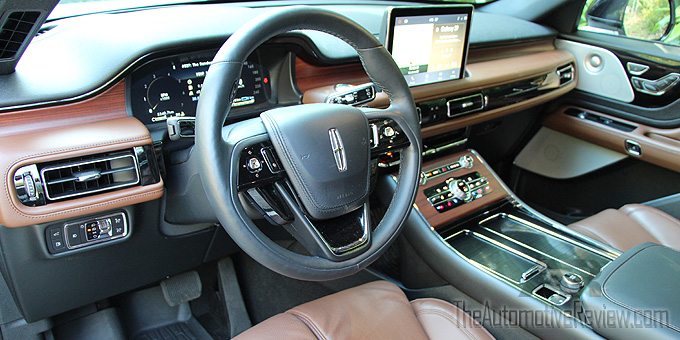

Buyers can opt for either a six or seven seat configuration depending on whether the second row is fitted with captain chairs or a 3-passenger row seating. Unlike the Navigator, the Aviator’s interior feels bright and spacious with a modern cream white and charcoal gray duo-tone color scheme with plenty of natural sunlight from the available panoramic sunroof standard in the Reserve trim.
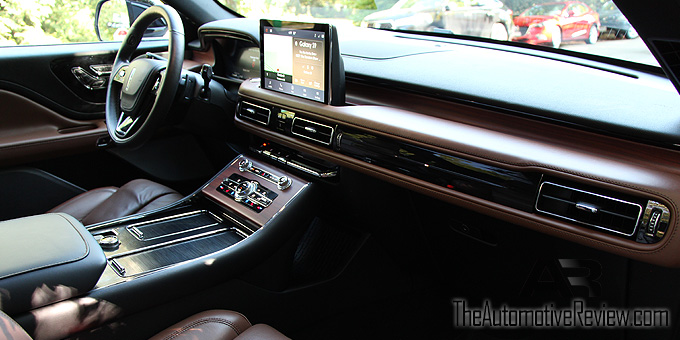
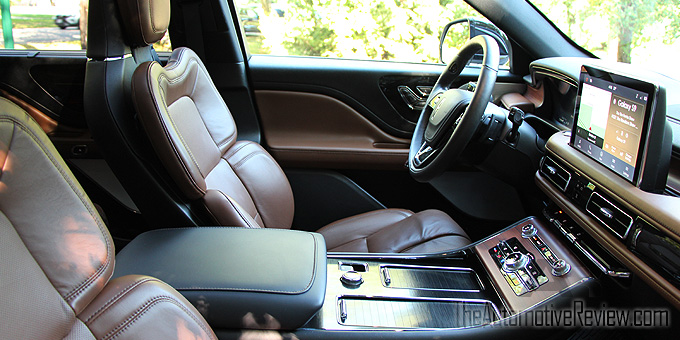
Due to a shorter wheelbase, third row seats are most suitable for children or young adults. Cargo space is easily created with an electric push button to fold down both the second and third row seats conveniently located in the rear trunk space.
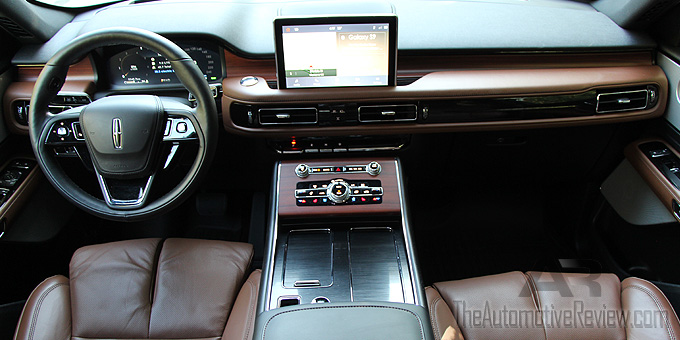
Digital amenities include a large 12.3 LCD instrument cluster screen and a standard 10.1” infotainment touchscreen bundled with Sirius XM Satellite radio, Wi-Fi hot spot and smartphone compatibility with Android Auto and Apple CarPlay. Despite the futuristic interior design, Lincoln sticks with what works best with intuitive buttons and knobs for climate control and a touchscreen interface with no rotary knob or menu control leading to a cleaner, more minimalistic center console.
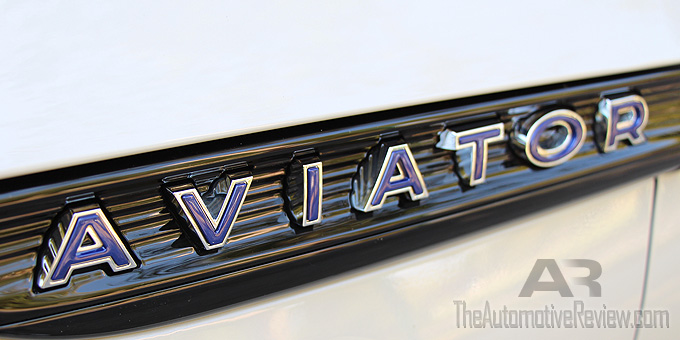
Our Grand Touring tester model proved to us that Lincoln’s hybrid powertrain was a huge success, with smooth and seamless acceleration with both the onboard V-6 and 100kW AC induction motor working harmoniously together. Our test drive results were close to the specified EV range at 18 miles and takes only 2.5 hours for level two charging. Our tester Grand Touring PHEV trim comes priced starting at $79,500, which is significantly more than the entry level Aviator Reserve at just $67,500. Nevertheless, if the Aviator is going to be used for long distance driving, the added price tag is justifiable for the better fuel economy.





